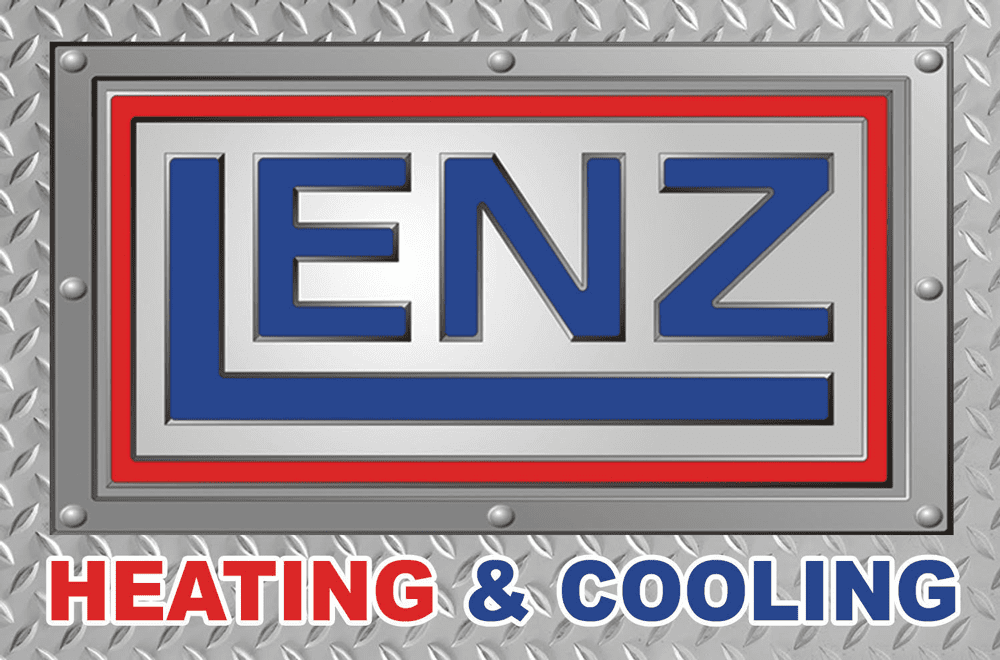Fall is finally here in Iowa and while we are all enjoying the cool drop in temperature, keep in mind that the humidity in your home will soon be dropping as well.
Experts agree that a home humidity level between 30% and 60% is optimal. So, if you’re running your heating system, which can dry out the air, that generally means running a humidifier, too. There are two basic types of humidifiers: a whole-home unit is typically connected to your furnace blower and a portable or room unit.
Pros and Cons of a Whole-Home Humidifier Unit
In general, a whole-home humidifier is an install-it-and-forget-it appliance. It’s integrated into the blower system on your furnace and draws water directly from your water supply.
The whole-house system’s greatest advantage is it requires minimal maintenance and keeps your entire home at a set humidity with a one-time setup. Because it draws water from your plumbing system as needed, you never have to fill it or worry that it’s not humidifying because it’s run dry. It’s also virtually soundless, and the initial cost is a fraction of what most portable units cost. In addition, most whole-home humidifiers literally cost pennies per year to operate.
It’s best to hire a highly trained professional to install a whole-home unit. These humidifiers tend to collect mineral deposits, so they can benefit from an annual cleaning with diluted white vinegar. Do so at the end of the heating season before the deposits harden and become difficult to remove. The humidifier pads or filters also require a once-a-year replacement.
Pros and Cons of a Portable Humidifier Unit
Room units are freestanding humidifiers that have their own water supply and plug into standard electrical outlets. They’re simple to operate. And they’re usually powerful enough to humidify one to two rooms, though large units can provide enough humidity to keep several rooms comfortable.
Portability and convenience are the main perks of a room unit. You can move the unit anywhere you need it—a bedroom at night or a living area during the day. It’s also perfect for renters who can’t install a whole-house unit. And when it’s time to move, the humidifier can easily be packed up and transported, too.
High-quality portable units are generally more expensive than whole-home humidifiers. The whole-home units utilize your furnace blower, but portable units must include their own. They also can be heavy, especially the powerful ones, though most are fitted with rolling casters for ease of movement. Expect some noise too, sometimes as much as a window air conditioner.
For most homeowners, maintenance is the biggest pitfall to portable units. Depending on the settings and how large an area you’re covering, you might find you have to fill the water reservoir almost daily. Most units have removable tanks for filling, but with others, you’ll have to bring the water to the unit.
In addition, you must clean the unit often to make sure it stays sanitary. Standing water in a humidifier is bacteria’s playground, and it will spew germs into your indoor air. To keep the humidifier clean, you must follow these steps:
- Don’t fill the humidifier with tap water; use distilled or demineralized water instead.
- Empty the reservoir daily and fill it with fresh water.
- Clean the unit thoroughly every three days.
- Replace the filter at least as often as the manufacturer recommends.
- Watch for dampness around the unit, which could indicate it is turned up too high or run too often.
Now that you know the pros and cons of whole-home and portable humidifiers, you should be able to determine the best fit for you and your family.
If you’re leaning towards investing in a whole-home humidifier, CALL the professionals at Lenz Heating and Cooling. Our technicians are highly trained in installing and maintaining Aprilaire Whole-Home Humidifiers.
